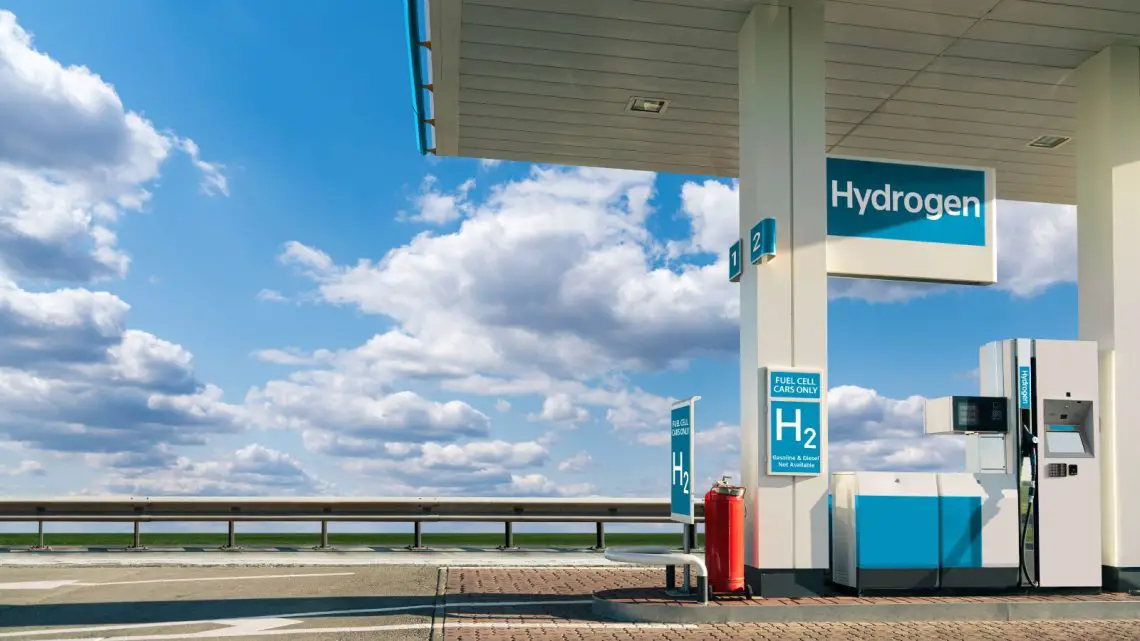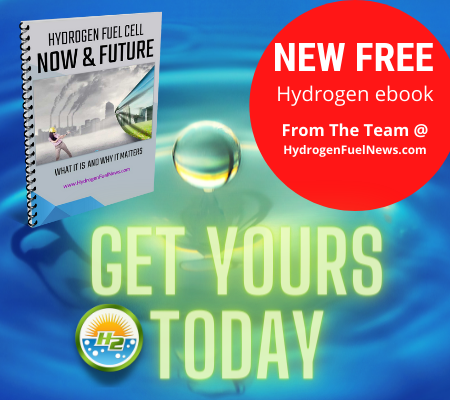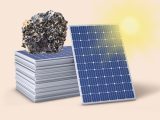
Did hydrogen cars miss their chance now that Tesla has California’s top-selling vehicle?
February 25, 2023The Model 3 outsold every other passenger car in California in 2022, for a real electric vehicle win.
Last year, the Tesla Model 3 was the top-selling passenger vehicle in California, but does this milestone mean that hydrogen cars have missed their chance and that electric vehicles (EVs) are locked in?
Last year represented the first time another model outsold the Toyota Camry in California in years.
The top spot of the Tesla Model 3 was a highly symbolic one for EVs as both the largest auto market in the United States and its largest market for zero-emission vehicles. Moreover, the gap by which the Model 3 overtook the Toyota Camry last year was a notable one.

According to California New Car Dealers Association (CNCDA) data, Tesla delivered 78,934 Model 3s in the state in 2022. That bought that model a 15 percent market share among passenger vehicles. In second place was the Toyota Camry – which had held the top spot for years – with 55,967 models sold and representing an 11 percent market share. The third spot was the Toyota Corolla, of which 39,865 units were sold.
At the same time, the Model Y was able to hold onto the top spot among compact crossover SUVs for the second year in a row, leaving the Toyota RAV4 in second place. The Tesla Model Y sold 87,257 units, whereas the Toyota RAV4 saw 59,794 units sold.
Still, Toyota did hold onto its top spot as the most vehicles sold in all categories in California last hear, having a 17 percent share from its 289,304 vehicle registrations in 2022. Still, Tesla is moving up, having achieved 186,711 registrations for an 11 percent market share in the state. This represented a doubling of its market share from 2021 to 2022, which is nothing to sniff at.
Does this rapidly growing electric vehicle trend mean that hydrogen cars don’t have a shot?
Experts say that while this is an important milestone for EVs and for zero-emission vehicles as a whole, it is far too early to assume that battery electrics have claimed the entire zero-emission market and that H2 missed out. This is particularly true when taking into consideration what it will take to run the entire country’s passenger vehicles – let alone those around the world – on batteries.
Countries around the globe have been suffering energy crises. Some have been long standing, while others are more recent developments, such as the energy crisis in Europe resulting from Russia’s invasion of Ukraine.
Moreover, the materials required to produce that many batteries – lithium in particular – are expensive and difficult to mine, and some experts aren’t convinced that there is enough of it to make all the batteries that would be required.
Additionally, there are certain drawbacks to electric vehicles – such as range and charging time, among others – that have yet to be overcome for certain types of vehicle use like in cold weather areas .
It is becoming an increasingly common belief that hydrogen cars will be one of at least two different types of zero-emission vehicle that will drive our roads in the not-too-distant future. Some trends will be regional, while others will be based on usage requirements, among other factors.



 With over 15 years of reporting hydrogen news, we are your premier source for the latest updates and insights in hydrogen and renewable energy.
With over 15 years of reporting hydrogen news, we are your premier source for the latest updates and insights in hydrogen and renewable energy.
Range and charging issues for passenger vehicles will be solved when a hydrogen fuel cell is combined with a sodium sulfur battery. EV battery and hydrogen fuel cell vehicles separately will likely be available for consumers at different price points as well. Lithium used in automobile batteries is not a sustainable replacement or even a good choice to replace gasoline. Hydrogen fuel cells and sodium sulfur batteries produced from seawater will be used worldwide in the future and replace the use of lithium.
I think Bret hinted at it, but I’m just going to say it, this proves absolutely nothing. At the moment, yes, BEV’S outsell FCEV’S by a mile. But, it’s just the current thought process. Once the stations are in mass for FCEV’S, guess what, FCEV’S will outsell BEV’S. It’s just a natural change in mindset and technology. In the 90’s and 2000’s in most of Europe diesel seemed unbeatable. Then hybrids in the 2010’s. BEV’S will be most likely the dominant the 20’s and early 30’s but once the snowball is rolling for FCEV’S they will beat BEV’S. It’s just how technology evolution works. FCEV’S are the future and will prevail.
What’s the chance that diesel car could have emerged if diesel, ships and locomotives had not preceded them, along with diesel trucks and truck stops?
Pundits with no grasp of economics flogged H2 long cars before their feasible time.
The real question is, how long will BEVs sell after H2 semi trucks, hydrail and H2 aviation are better known…a battery tech market island in a hydrogen mobility sea.
Timing is everything. Cars come last but will sweep in as a wave, with H2 ICE at the cusp.
I feel that FCEV will be the future.One main reason is that
Countries fail to consider the massive changes to infrastructure that need to be completed for all the Electrical power requirements.Also generation of this electrical power.
This post raises some valid points about the dominance of Tesla in the market, but I think it’s premature to count out hydrogen cars completely. They still have unique advantages, especially in terms of refueling time and range for larger vehicles. It’ll be interesting to see how this unfolds as technology advances and consumer preferences evolve.